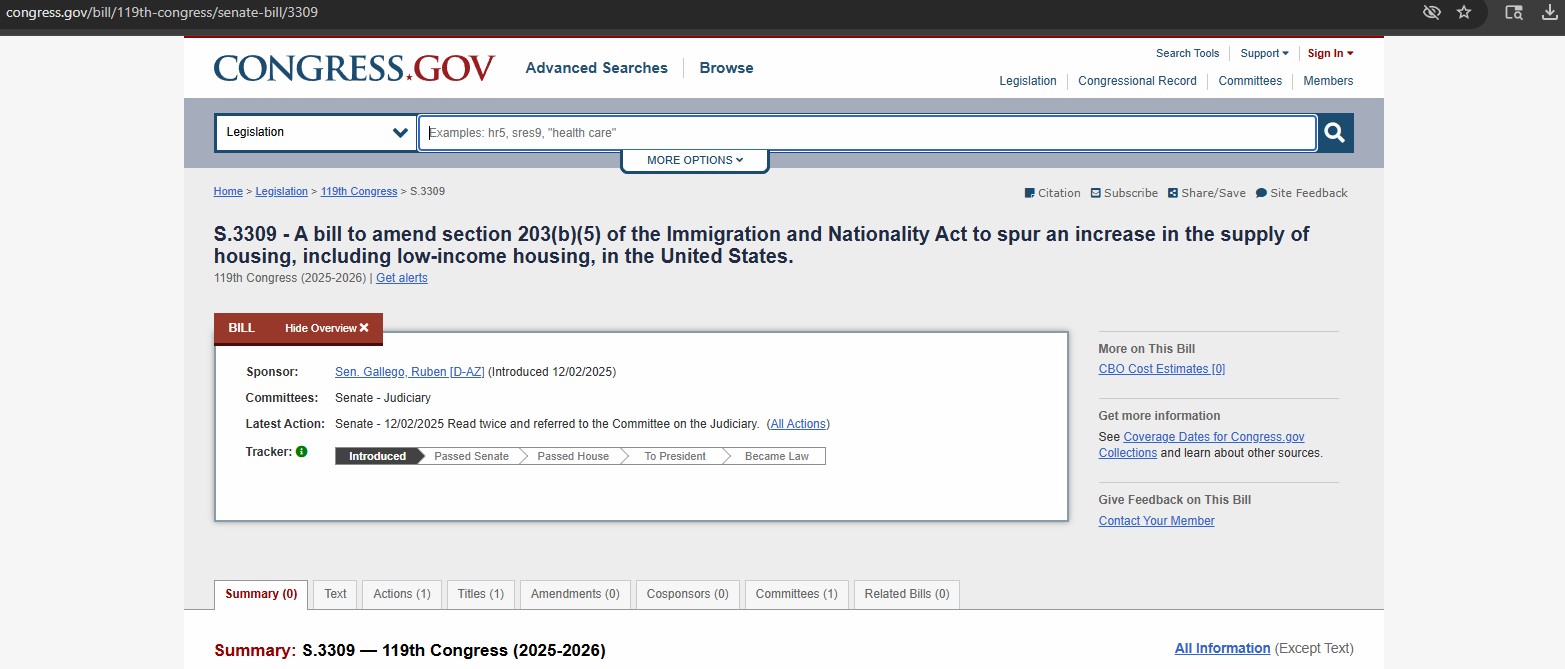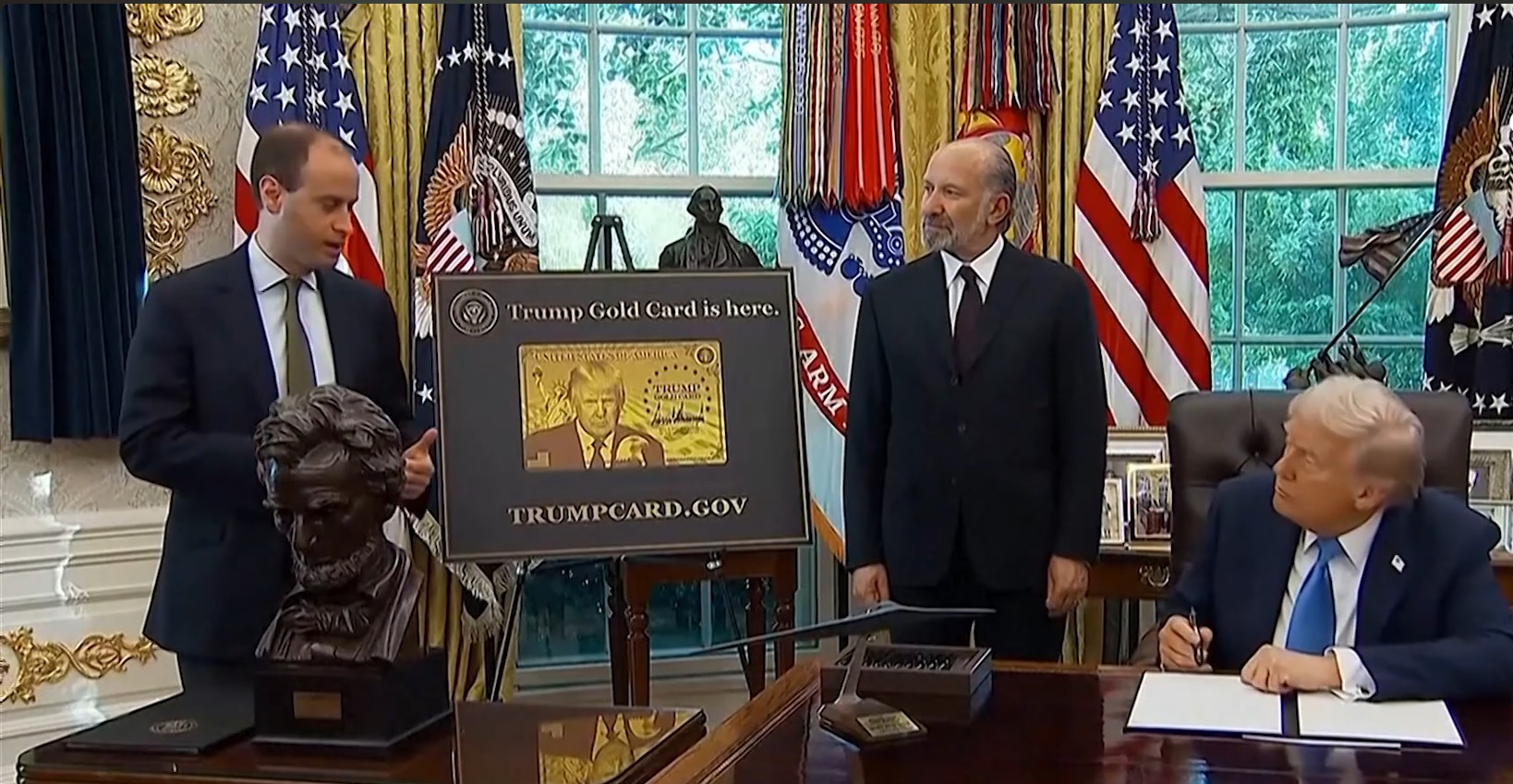Regional Centers file lawsuit to revert sustainment period rules for post-RIA investors
31st March, 2024
Invest in the USA (IIUSA), an organization representing a number of EB-5 regional centers, have just filed a lawsuit against USCIS over this updated sustainment period clarification. We believe that this lawsuit has the potential to gravely undermine the financial interests of EB-5 investors, read this blog to find out why.

For background information on “sustainment period” and “redeployment” we recommend reading our blog from February 2023 explaining why redeployment as a practice is a nightmare and unfair for EB-5 investors.
The EB-5 Reform and Integrity Act (RIA), which came into effect on March 15th, 2022, specified that investors need to sustain their investment for a minimum of only two years. In October 2023, soon after our meeting with the CIS Ombudsman, USCIS confirmed that the two-year period for the post-RIA investors (those who filed after March 15th, 2022) would begin when the investor contributes the total investment amount to the New Commercial Enterprise (NCE) and the funds are deployed into the job-creating entity (JCE). After this period, USCIS explained that certain investors can withdraw their funds at any point of time, provided job creation requirements have been met, without impacting their immigration process. This was a net positive for post-RIA investors as now their investment period was decoupled from their immigration process – saving them from the nightmare of redeployment of funds that pre-RIA investors continue to suffer from.
On Friday March 29th, 2024, Invest in the USA (IIUSA), an organization representing a number of EB-5 regional centers, filed a lawsuit against USCIS over this updated sustainment period clarification. Specifically, IIUSA is suing USCIS to invalidate the two-year sustainment period protection recently offered to post-RIA EB-5 investors. A copy of the original complaint can be downloaded here.
Why does IIUSA want to change sustainment period rules from the two-year minimum?
Based on information posted on IIUSA’s blog post, their main grievance with USCIS’s two-year sustainment policy lies in the way it came into effect. IIUSA argues that in order to change an agency operation rule such as sustainment, USCIS should be required to go through a process called Administrative Procedure Act (APA) rulemaking.
In its FAQ document IIUSA says, “a five-year sustainment period strikes the right balance between providing investors with a reasonable and transparent investment horizon and achieving the policy goal of maximizing job creation” and that “the two-year sustainment policy risks undermining EB-5 program integrity”. Furthermore, IIUSA claims that a five-year sustainment period is more in line with the federal economic project precedents as “no other federal investment incentive program has a hold period of less than five years”. No material research or market assessments were included to corroborate any of its claims other than an internal IIUSA survey that was referenced in its rulemaking letter to USCIS.
In its rulemaking letter IIUSA says “Under USCIS’s new interpretation, EB-5 investors could conceivably have their capital contribution returned to them before there is an adjudication of the lawfulness of the source of their funds.” In simpler words, its point is that a shorter sustainment period will allow investors with funds from suspicious origins to get their investment funds repaid to them from their project before a USCIS adjudicator goes through the source of funds in the I-526E petition.
What will be the impact of this lawsuit?
This suit attempts to reverse the work we did with the CIS Ombudsman’s office in October 2023 to encourage USCIS to clarify the sustainment period rules. (See “Issue 3” and “Action from USCIS” in this blog post.)
If the judge rules against USCIS, it would be potentially problematic for post-RIA investors, especially those that have already invested in shorter term projects or are from countries that could face a backlog in their visa category. USCIS could likely be forced to suspend the two-year sustainment policy and we could revert back to a world where vicious cycles of endless reinvestment are once again the norm.
This could effectively mean that all post-RIA investors could have their investment funds reinvested into risky or unreliable projects without their say for many years to come–which is exactly what AIIA fought against in the first place. Moreover, the demand from EB-5 investors post-RIA will inevitably mean that investors from potentially backlogged countries will be disproportionately affected by this negative change.
While IIUSA and its regional center members do claim that they’re against the practice of endless redeployments and that they are proponents of changing sustainment to a five-year period – that will not be achieved by this specific lawsuit. The likely outcome of this lawsuit, should IIUSA win, is for the definition of the sustainment period to be once again, what it was before the RIA until USCIS comes up with a new rule, which could take years.
To explain this more simply, if IIUSA wins the suit then the new guidance on sustainment period that USCIS came out with would be thrown out. Instead, the sustainment period would likely follow the old rules, which is that the investor can only get their money back at the end of their conditional residency (which is the ordeal pre-RIA investors are still dealing with). And before reasonable notice and comment period under the rulemaking process can be completed, the RIA will have expired – thus making IIUSA’s attempt more damaging to the beneficial aspects of the RIA.
Winning the lawsuit means USCIS can’t change the sustainment period to whatever is proposed immediately – they would have to follow a stricter process to make any changes, which would involve more public input and most importantly – time. Yet, time is not infinite and stands to undo the positive benefits derived from the RIA that took nearly a decade for Congress to pass in the first place.
AIIA’s position on this lawsuit
Historically, even back when AIIA was first formed and fought for the “grandfathering” of investors, we have advocated against redeployment as a practice. Aside from permanent residency, investors want nothing more than having their investment money safely returned to them as quickly as their project and the law allows for it.
It is inappropriate that an immigrant’s hard-earned capital , after having been spent at-risk on a project and utilized to create U.S. jobs, be taken out from the project and then reinvested into another project over which the investors have little, to no, say. This point is something we have brought up time and time again. Once an immigrant upholds their promise to the US government and their contractual at-risk commitments to the regional center of investing in a job creating enterprise, why must it all have to then be reinvested?
More importantly, we cannot in good conscience endorse this lawsuit against USCIS regardless of how we see IIUSA’s proposed five-year sustainment alternative. Because it is just that, a proposed alternative. The only result this lawsuit can possibly achieve in the short term is reverting to the practice of endless redeployments, which harms every post-RIA EB-5 investor, including those who have already invested. IIUSA itself in its FAQ states: “At this early stage of the case, it is impossible to know whether the two-year sustainment period policy issued by USCIS in October 2023 will be set aside, and if so, how the judge and the USCIS will treat investors who filed Form I-526E in reliance on that rule…..so it is certainly possible that such investors could be required to redeploy their capital.”
As this news is still unfolding we are actively communicating with our advisors, legal counsel and, most importantly, the EB-5 immigrant investor community that we represent. Our biggest concern and main goal is making sure that the investors’ voices are not lost during this process. We welcome an opportunity to collaborate with other stakeholders who also wish to keep the investors’ interests in mind.
As we prepare for the future ahead, no matter what path we take, we are reminded that whatever action that is required will need your financial support. Whether it’s a lawsuit intervention or lobbying members of congress to propose a legislative fix, we will require funds to do that. This past week we already engaged in another lawsuit to help protect the entire EB-5 community from unfairly higher fees and we intend to continue working towards objectives that benefit the stakeholder that is central to the program: the immigrant investor.
To support our work we encourage you to sign up for our email list, become a member, or make a donation of any amount to our organization.
Leave your comments
Responses (1)

Stay Up To Date With AIIA
Join our newsletter to stay up to date on EB-5 updates.
By subscribing you agree to with our Privacy Policy and provide consent to receive updates from our company.
Recommended Resources

How to find a good EB-5 Litigation Attorney
Choose an attorney with EB-5 and litigation experience who is organized, detail-oriented, and avoids making guarantees. You may need a...
Read More
The Redeployment Conundrum
Redeployment litigation arises when NCE managers reinvest EB-5 funds without proper judgment, exposing investors to unnecessary risk despite broad contractual...
Read More
“Privity” in EB-5 Litigation
EB-5 issuers often design complex structures and narrow “privity” relationships to make litigation difficult, forcing investors into uphill battles and...
Read MoreRecent Blog Posts

We Congratulate Senator Gallego for New Legislation that Leverages the EB-5 Program to Build Affordable Housing
Sen. Gallego's EB-5 bill mobilizes foreign capital to build affordable housing. This collaboration has boosted AIIA's Congressional ties & credibility...
Learn More
We Won The EB-5 Fee Increase Lawsuit
AIIA successfully won its lawsuit against USCIS’s April 2024 EB-5 fee increases, with a federal judge ruling that the agency...
Learn More
One Year Left to Invest in a EB-5 Regional Center Project
AIIA warns that EB-5 Regional Center investors will lose protection after Sept. 30, 2026 unless they file I-526E petitions before...
Learn More
Trump Gold Card: A New Green Card Pathway Competing with EB-5
Trump’s new $1M “Gold Card” visa plan competes directly with EB-5 and raises serious legal concerns, as it lacks statutory...
Learn MoreGet In Touch With Us
If you have any questions, inquiries, or collaboration proposals, please don’t hesitate to reach out to us.




We need to support a solution that makes the policy consistent and in line with text of the law. It is unreasonable that pre IRA investors who have been intentionally delayed are forced to reinvest or wait longer even when Congress never meant for suchong waiting periods or forced redeployments. Aaíi needs to be the “adult in the room”